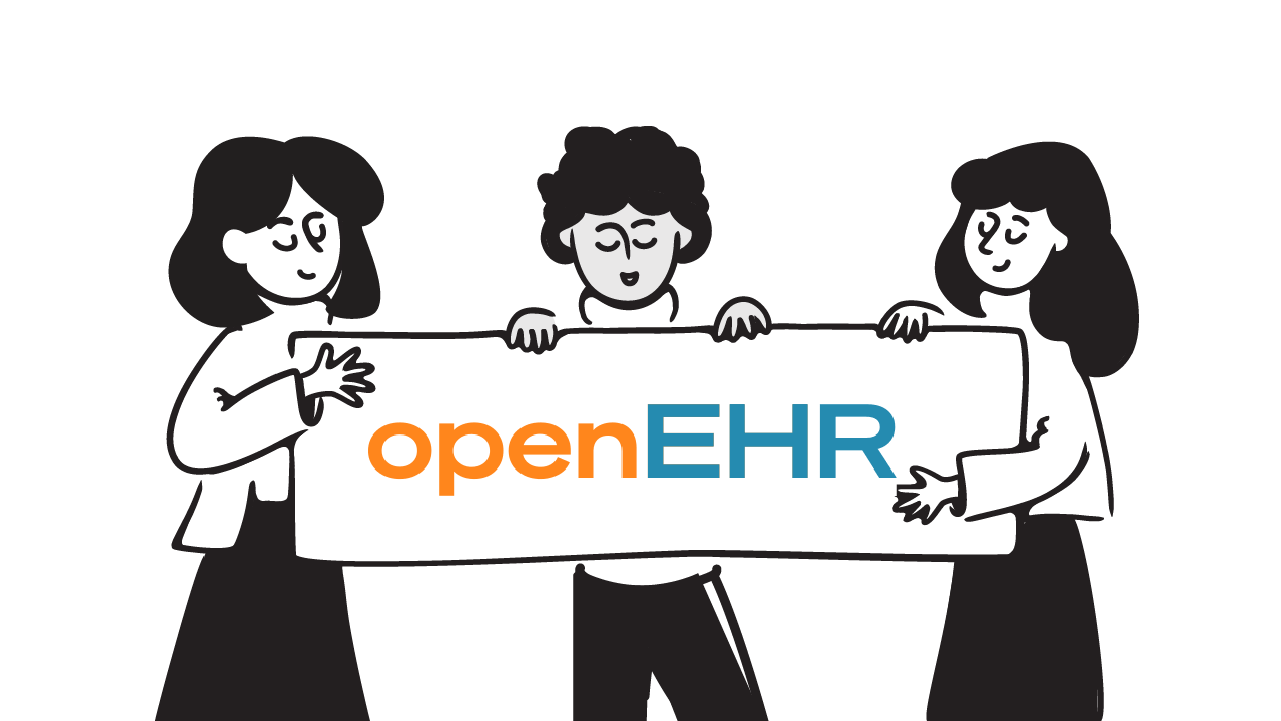Welcome to openEHR Fundamentals!
Welcome to the openEHR Fundamentals course!
It’s a completely free, beginner-friendly introduction to the world of openEHR.
This course is designed for anyone who’s curious about openEHR. Many of our learners come from non-technical backgrounds like clinicians, nurses, and healthcare professionals, and they often find themselves struggling while they try to learn about openEHR.

This course was designed with the purpose of teaching the openEHR concepts as simply as possible, and also to give you enough practical knowledge. So along with learning the concepts, you also learn how it is used and implemented in the real world.
How This Course Works
The course is divided into four modules. By the end of the course, you’ll have a solid understanding of the following:
Module 1: Introduction to openEHR – In this module, we’ll start with the basics. We’ll talk about what openEHR actually is and why it was created in the first place. Then, we’ll look at what makes openEHR so valuable - Archetypes and Templates, and walk you through using the Archetype Designer to create a Template. Along the way, we’ll also discuss the history and influences on openEHR that made it what it is today. And finally, to make it practical, you’ll get to create your own openEHR Template as an exercise.
Module 2: The Clinical Knowledge Manager (CKM) – In this module, you’ll explore the Clinical Knowledge Manager (CKM), the collaborative hub where openEHR archetypes and templates are developed and governed. You’ll learn how to search, review, and reuse existing models, understand how they relate to the Reference Model, and practice selecting the right archetypes for complex clinical scenarios.
Module 3: REST and EHRBase – In this module, we will dive deep into the openEHR REST API, templates and compositions using a hands-on approach. Along with learning about these concepts, we will learn how they are created and used with practical examples
Module 4: Introduction to AQL – In this module, you’ll learn about the Archetype Query Language (AQL) in brief. We’ll also take you through the various clauses that are used in AQL. At the end this module, you’ll learn how to write a query for any specific use-case.
Each lesson includes:
- A video explaining the key concept
- A short reading summary to help you quickly absorb the ideas
- Hands-on exercises that let you apply what you’ve learned
You’ll learn much faster if you try the exercises first before checking the solutions, that’s how real understanding develops.
Join the Community
If you’re joining this course, we’d love to get to know you! Feel free to comment below and introduce yourself. You can share who you are, what you do, and what brought you to openEHR. You might even meet others on a similar journey.
We also have an active Slack community with health data experts from around the world. It’s a space where you can ask questions, help others by sharing your knowledge, and engage with people who are also on their openEHR journey.
👉 Click here to join our Slack community
openEHR is a powerful idea, and by the end of this course, you’ll understand not just how it works, but why it matters.
So with that, Let’s Get Started!
